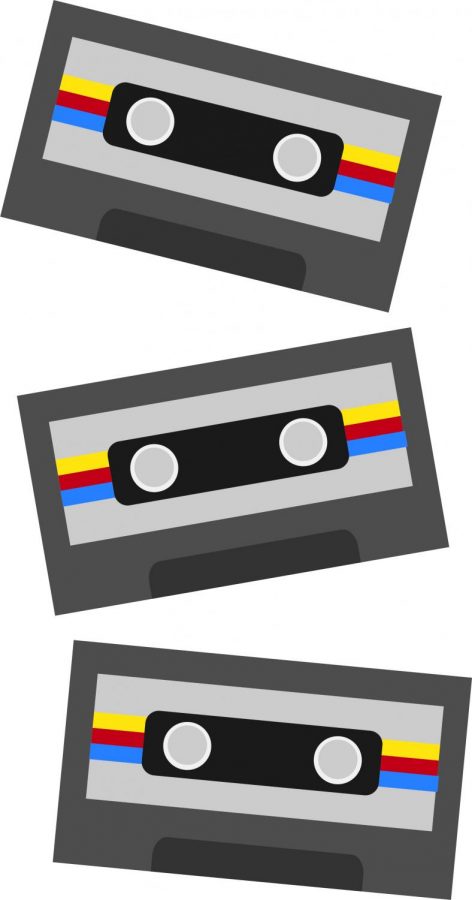Some reasons why: A response to 13 Reasons Why
September 22, 2020
This article contains spoilers for the show “13 Reasons Why”
Depression, anxiety, sexual assault, coming out and drugs have become all too real topics in television in the last decade. From the hallways of “Degrassi” in the early 2000s to the currently popular “13 Reasons Why.”
Those realities have become much more accessible in your Netflix queue, but the latter show may have actually done more harm than good.
“Thirteen Reasons Why” starts out from the viewpoint of Hannah Baker, a teenage girl who moved from an upper class neighborhood to an average Californian suburb with her parents, who owned a pharmacy. She went through the typical teenage angst, at least at first glance.
The show then goes into her leaving behind 13 tapes for people who affected her life, both negatively and positively, starting with Clay Jensen’s tape. Here is where this becomes problematic.
Let’s first unpack the fact that this character left tapes in the possession of someone she actually was not even really friends with. He then delivers these tapes to the people on each tape, so they can listen to them and pass them along to the next person. So she left a suicide note so to speak, unpacking all the bad things other people had done to her or that she witnessed, and kept a secret instead of being a good friend? That is a big issue.
The Journal of the American Academy of Child and Adolescent Psychiatry found that there were 195 more suicides in kids between the ages of 10 and 17 years of age in the nine months after the first season’s release. The suicide rate in this particular age range rose 29 percent a month after the release, and more suicides had taken place in April 2017 than the previous nine Aprils.
While this finding did not confirm a direct correlation between the show and the spike, part of the study did confirm that a significant number of these suicides were from 10-17 year olds that were similar to 17-year -old Hannah Baker.
Let’s walk down the road of the other issues that went undiscussed in this show. Sexual assault and the never ending coming out stories, not to mention drug abuse and violence. From Hannah, Jessica and Tyler being brutally assaulted, to Justin dying of AIDS at the end of the series, to drug usage and prostitution.
I get the show is trying to bring awareness to and start a conversation about a very intense topic, but when speaking to friends and fellow students about the show, it really increased trauma instead of addressing it in a healthy manner. I received counseling outside of what the school could provide after having revisited my own traumas.
Now, I understand I chose to become addicted to a show that increased trauma, but at what point does Netflix take ownership and acknowledge that it has a social responsibility to its audiences?
Disclaimers are not enough. It’s like how the D.A.R.E. program is implemented in elementary schools, but students still end up smoking cigarettes: in one ear and out the other.
“Thirteen Reasons Why,” while it had great intentions and brilliant cinematic references, also executed them irresponsibly by not providing more resources in their ending credits, glorifying suicide, assault and drug abuse, and not really giving the characters meaningful solutions to navigate through their traumas.
Had they done this, it in turn would have, in my own opinion, provided healthier ways of coping for anyone identifying with any of those characters. It would send a message that there is hope at the end of the storm. But was there for Hannah Baker?
As cliche as it sounds, speak with a counselor. Seek professional help. If you do not feel safe speaking with a teacher or established adult, speak with someone who can assist you in getting the professional help you need.
























